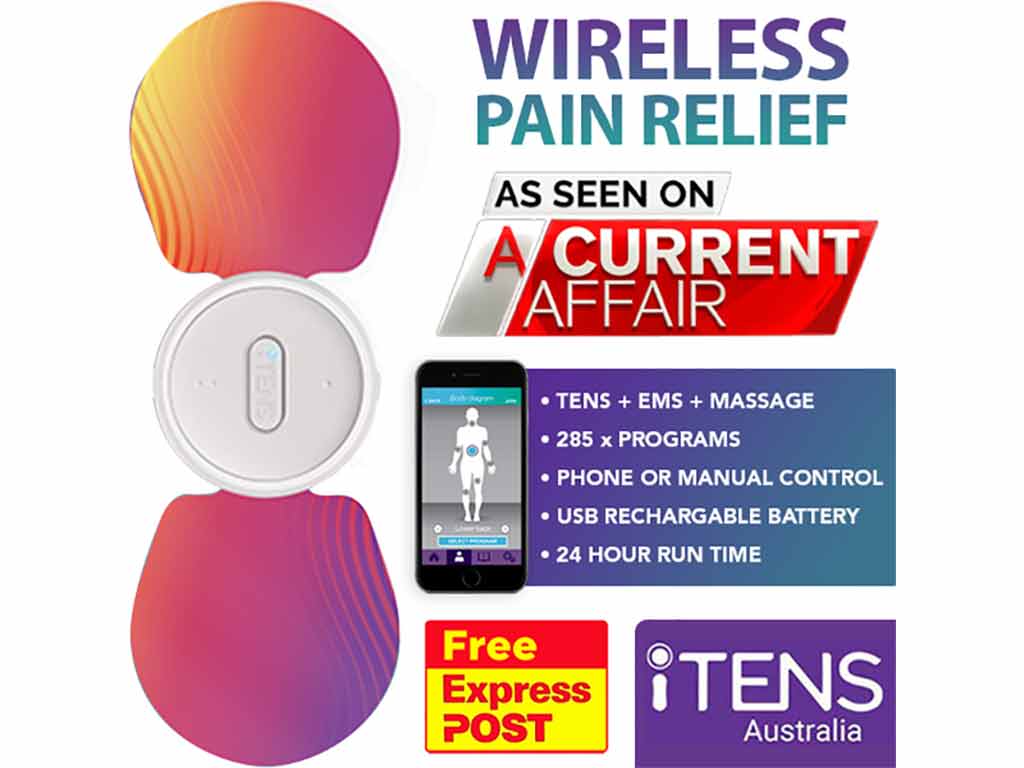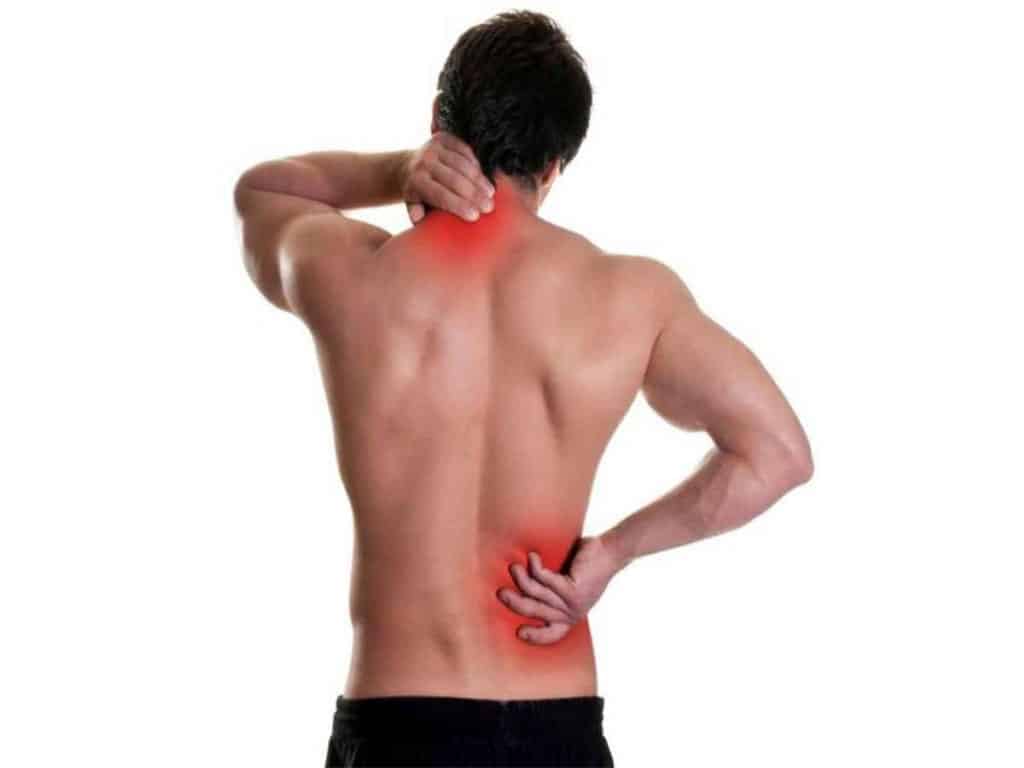
Transcutaneous Electrical Nerve Stimulation (TENS) therapy is a method of pain relief that uses an electric device and electrodes. It works by blocking pain messages, triggering the release of endorphins, and boosting blood circulation. TENS for pain management offers numerous benefits, including being non-invasive, drug-free, and portable. To use it, the individual must apply the electrode pads to the pain source and adjust the settings according to their comfort levels.
Individuals with pain conditions who want to try TENS therapy can go to a hospital or clinic. There, a health professional will give them the treatment. The therapist will also show them how to use the TENS device at home. Now, these devices are easier to find online and in stores for personal use. This article will present TENS therapy for pain management, including its mechanism of action, benefits, and treatable conditions.
Mechanisms of Action of TENS for Pain Management
TENS for pain management utilise multiple mechanisms of action. The primary mechanism involves nerve stimulation. The electrical pulses target the sensory nerves. These nerves are responsible for carrying information from the body to the brain and vice versa. During TENS therapy, it interferes with the transmission of pain signals to the brain, reducing the perception of pain in that specific region. This process is called the pain gate mechanism.
The second mechanism of action is endogenous opioid release. The TENS machine stimulates the brain to release natural chemicals called endorphins. Endorphins act as natural painkillers and can help reduce pain sensations. This dual mechanism of action makes TENS machines an effective tool for managing chronic and acute pain conditions.
TENS machines can assist in improving blood circulation. It has been shown to increase blood flow, delivering additional oxygen and nutrients to the affected area. This promotes healing and reduces inflammation and swelling, which helps alleviate pain. Certain devices also offer massage modes for muscle relaxation.
Frequency, Intensity, and Duration
- Frequency: it refers to how often electrical pulses are delivered per second. Generally, physical therapists recommend using a lower frequency, like 2-4 Hz, for relieving chronic pain. For managing chronic pain, a higher frequency, around 80-150 Hz, is better.
- Intensity: it indicates the strength or power of the electrical current. Users must find the right intensity that gives enough level of pain relief without causing discomfort or pain.
- Duration: the length of time the therapy. It varies depending on the person and the specific pain condition. TENS sessions can range from 15 minutes to an hour.

Benefits of Using TENS for Pain Management
TENS for pain management offers numerous benefits. Firstly, it is non-invasive, meaning it does not require any surgery or insertion into the body. Instead, it works by placing electrodes on the skin, making it comfortable and safe for users. This feature is particularly appealing for those who prefer to avoid invasive procedures or are sensitive to medical interventions.
Secondly, TENS provides drug-free relief of pain, which is advantageous for people looking to minimise reliance on medications. Its electrical stimulation offers effective analgesia without the potential side effects associated with drugs, such as addiction or drowsiness. Thus, TENS serves as a natural alternative in the management of pain in people.
Thirdly, TENS is portable and customisable, enhancing convenience and efficacy. Its compact size allows users to carry it anywhere. Additionally, users can adjust settings such as pulse rate and amplitude to suit their specific needs and preferences. Lastly, TENS can serve as an adjunct treatment with other effective interventions. Overall, these benefits can significantly improve the quality of life for individuals.
Are There Potential Side Effects?
Potential side effects of using TENS electrical devices exist, though they are typically mild and short-lived. Skin irritation or redness is a common issue, often caused by the adhesive on the electrode pads. It is important to follow usage guidelines for safety. People may use hypoallergenic electrode pads to reduce the risk of skin irritation.
Another potential side effect includes muscle twitching or tingling sensations, which are normal reactions to electrical impulses. They should not cause pain. Additionally, some users might encounter headaches or dizziness, particularly if the intensity of the electrical pulses is too high. Therefore, people should use adequate intensities to avoid discomfort.

Types of Pain that Can be Managed with TENS for Pain Management
Using TENS for pain management is an effective method of addressing different types of pain in adults. For instance, it can provide pain control for acute pain conditions. This condition lasts less than three months. It usually has a direct cause and fades as they heal. This includes sports injuries, like fractures, sprains, and strains. It also works for postoperative pain, primary dysmenorrhoea, and labour pain.
Chronic pain conditions last more than three months, often due to an underlying condition. Some causes remain unexplained, like fibromyalgia, which brings widespread aches, fatigue, and tenderness. Chronic back pain is another common issue. TENS is great for this because it offers natural and lasting analgesic effects.
People with neuropathic pain can also use TENS as a method of pain relief. Nerve pain is often from damage or injury to the nerves. Examples of this include diabetic neuropathy, stump pain, sciatica, and phantom pain. TENS therapy also alleviates musculoskeletal pain. These include gout, osteoarthritis pain, rheumatoid arthritis, and degenerative disc disorders.
When to Seek Professional Help?
TENS therapy for pain relief is generally safe. However, individuals should reach out to a healthcare professional if they encounter severe or worsening pain despite using a TENS device. This could also apply to experiencing new or unexplained symptoms. Such signs and adverse events may point to an underlying health concern that demands medical attention.
Moreover, it is important to seek medical assistance if there are persistent allergic reactions following the use of a TENS therapy unit. These reactions may manifest as skin rashes, itching, or swelling at the electrode placement site. A healthcare professional can evaluate the situation and offer appropriate guidance.
Conclusion
TENS for pain management offers a multifaceted approach by targeting nerve stimulation and promoting the release of natural pain-relieving chemicals. This non-invasive method enhances blood circulation, reduces inflammation, and provides drug-free relief, improving the quality of life for many. Its portability and customisation options make it a convenient option for individuals seeking personalised therapy. By serving as both a standalone treatment and an adjunct to other interventions, TENS machines empower individuals to take control of their pain.
There are various types of pain that TENS can alleviate, including acute conditions like sports injuries and postoperative pain, as well as chronic ailments such as fibromyalgia and neuropathic pain. Its natural analgesic effects make it particularly suitable for addressing chronic back pain and musculoskeletal issues like arthritis. However, individuals should seek professional help if they experience severe or worsening pain, new symptoms, or persistent allergic reactions to the therapy. Consulting a healthcare professional ensures proper evaluation and guidance.







